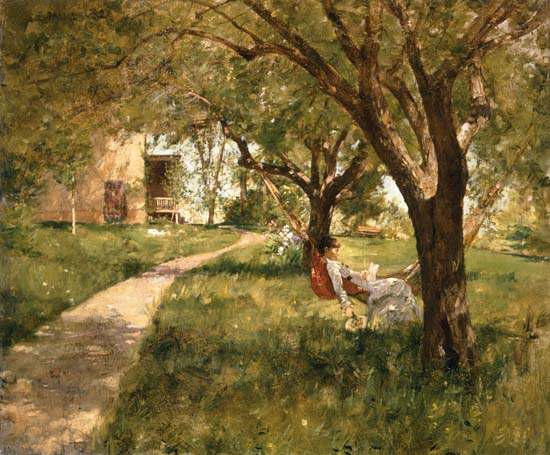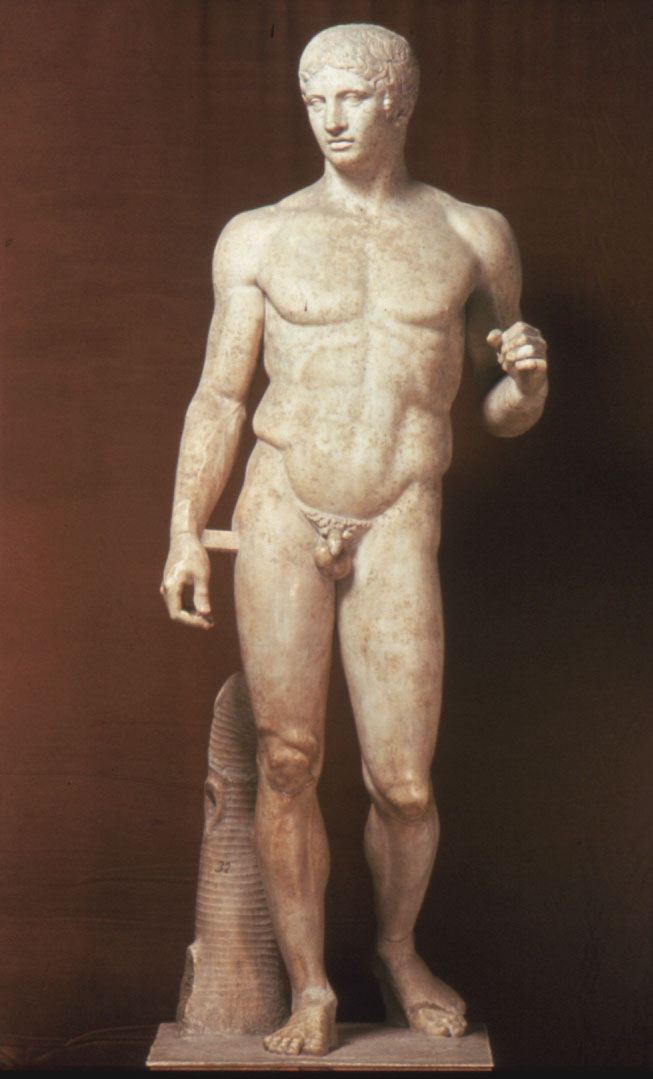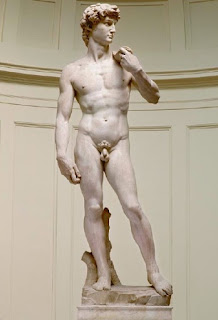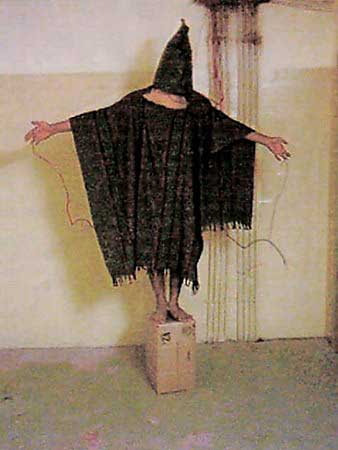Monday, August 17th, 2009
Found Objects and Conceptual Poetry
 The idea of taking found objects and creating “ready-made” sculptures began with Marcel Duchamp in 1913 with his Bicycle Wheel. Duchamp’s most famous “ready-made” is his Fountain (1917, shown left). It’s no surprise that this piece (yep, that’s a urinal!) was rejected for exhibition.
The idea of taking found objects and creating “ready-made” sculptures began with Marcel Duchamp in 1913 with his Bicycle Wheel. Duchamp’s most famous “ready-made” is his Fountain (1917, shown left). It’s no surprise that this piece (yep, that’s a urinal!) was rejected for exhibition.
I think found object art is really interesting. It’s fun to look at an everyday object as art – it gives the object new meaning and interpretation. I also like that found objects often can cause someone to look for aesthetic value and beauty in something that is ordinary. Granted, I don’t find a lot of aesthetic beauty in Duchamp’s Fountain, but I do like to think about how the sculptural form and physical presence of the urinal parallels sculptures which follow a more Classical tradition. (The white urinal even mimics the white marble of Roman/Renaissance statues! Ha!)
 Artists still make pieces from “ready-mades” and found objects. I’ve already written about the contemporary artist Jean Shin, who uses old castaway objects for her artistic projects. Another interesting artist is Stuart Hayworth. The original prototype for this chandelier on the right (Millenium, 2004) was created out of party poppers that were used for the New Year’s celebration for the year 2000. You should look check out Hayworth’s other work on his website – he has a lot of interesting, fun, and beautiful stuff.
Artists still make pieces from “ready-mades” and found objects. I’ve already written about the contemporary artist Jean Shin, who uses old castaway objects for her artistic projects. Another interesting artist is Stuart Hayworth. The original prototype for this chandelier on the right (Millenium, 2004) was created out of party poppers that were used for the New Year’s celebration for the year 2000. You should look check out Hayworth’s other work on his website – he has a lot of interesting, fun, and beautiful stuff.
I like thinking about how other art forms have picked up on the idea of found objects. For example, conceptual poetry (a relatively new trend) takes something that has already been written and reuses the material to generate a new poem. This podcast by the Poetry Foundation discusses how conceptual poetry is similar to Duchamp’s idea of “ready-made” art, but poets are about a hundred years behind visual artists when it comes to this artistic trend (listen at 34:44).
For an example of a conceptual poem, listen to the one at about 23:17 on the podcast. This poem was written from words that were used for the September 11, 2001 edition of the New York Times (the edition that was written before the attacks took place that morning). It’s interesting to listen to words that are so mundane and ordinary, but also charged and poignant due to the impending disaster.
If you’re interested, you can read more about conceptual poetry here.
What do you think of art from found objects? Isn’t it interesting that poetry is following this same trend? I love to compare how different artistic ideas develop within various art forms. For example, musicians also latched onto the idea of taking existing sounds and turning them into music – John Cage is probably the quintessential example for this musical trend. (And check out this relatively recent article of a musician that’s turning street sounds into music!) Conceptual poetry is a century late in following what visual artists and musicians already have done, but I wonder if Hegel would still view conceptual poetry as part of the Geist of the 20th century. Or maybe not? Perhaps poetry is moving along with its own Geist? 🙂
















